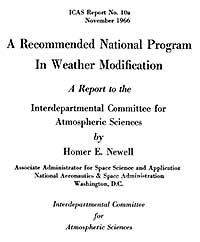Formaldehyde is a killer. Tune in to find out where it lies in wait for you and what you can do to cope with its toxic effects and obtain justice for yourself.
Formaldehyde should be a major concern to those who are employed in industrial plants and are exposed daily to this toxic chemical, where levels are often a 1,000 times more concentrated than they are in the outside environment.
In relocating Americans displaced by Hurricanes Katrina and Rita and the Iowa Floods of 2008, FEMA deployed emergency shelters containing formaldehyde. Many tenants became ill as a result and some have filed lawsuits.
David Lincoln is a geologist, environmental consultant, and author of a book called “Deep Horizons Exposed” who jumped off the corporate ladder and changed careers after he saw how Enron was being operated for the benefit of a select few. He maintains a website called WereYouPoisoned.com.
Click here to listen to an excerpt of David Lincoln’s Dec. 20 appearance on the radio show.
References
Formaldehyde
From Wikipedia, the free encyclopedia
Formaldehyde is a colorless gas with a characteristic pungent odor. In 2005, annual world production of formaldehyde was estimated to be 23 million tonnes (50 billion pounds).
Commercial solutions of formaldehyde in water were formerly used as disinfectants and for preservation of biological specimens. In view of its widespread use, toxicity and volatility, exposure to formaldehyde is a significant consideration for human health. On 10 June 2011, the US National Toxicology Program described formaldehyde as “known to be a human carcinogen”.
Formaldehyde is highly toxic to all animals, regardless of method of intake. Ingestion of as little as 30 mL (1 oz.) of a solution containing 37% formaldehyde has been reported to cause death in an adult. Water solution of formaldehyde is very corrosive and its ingestion can cause severe injury to upper gastrointestinal tract.
Report on Carcinogens – Twelfth Edition 2011
U.S. Department of Health and Human Services
National Toxicology Program





![[Most Recent Exchange Rate from www.kitco.com]](http://www.weblinks247.com/exrate/exr24_eu_en_2.gif)
